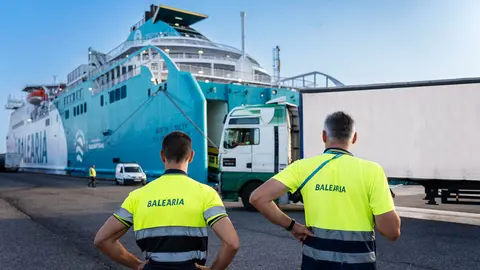Operation Marhaba-Strait Crossing: tips on how to get a good ferry to Morocco
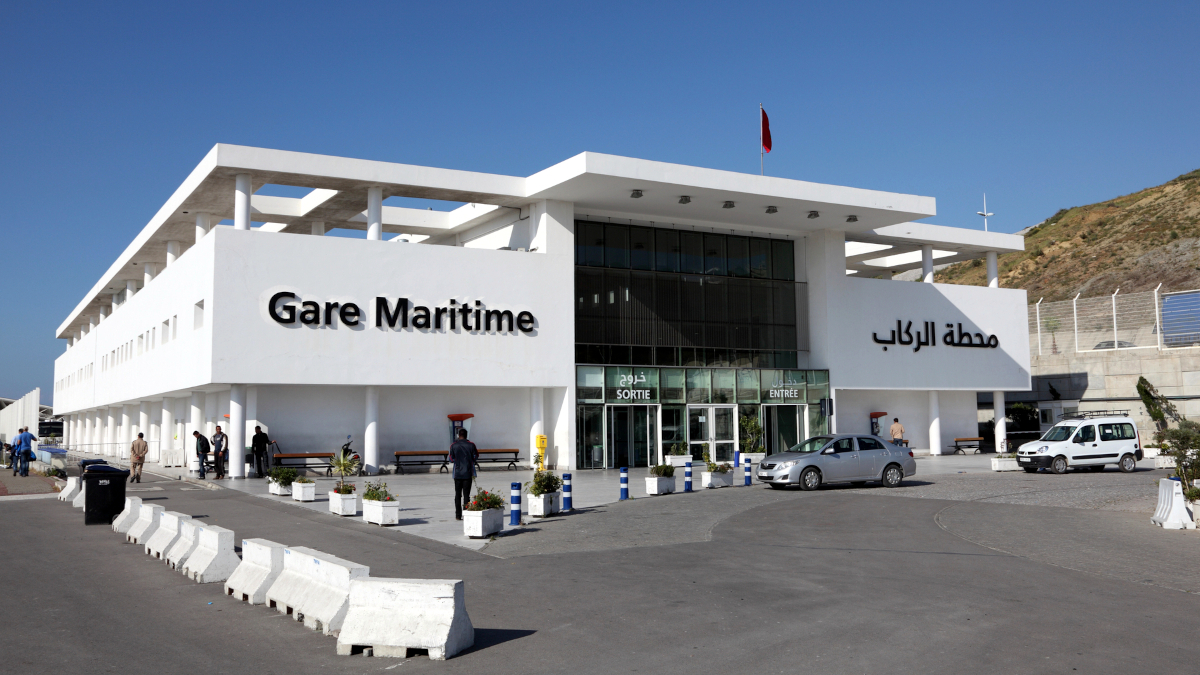
- What about Spain?
- Spain is the eighth most expensive country in Europe to travel by ferry.
- Most popular destinations
- Factors influencing price variations
- Recommendations for travellers to save money on ferry tickets
Away from the hustle and bustle of often crowded airports and stations, ferry crossings offer a more relaxed travel experience, allowing passengers to savour the journey.
With this in mind, Vivanoda, an online platform specialised in finding ferry, bus, train and plane tickets, conducted an ambitious study on ferry prices in Europe. Objective: to analyse the differences in ticket prices according to different criteria such as destination, distance and seasonality.
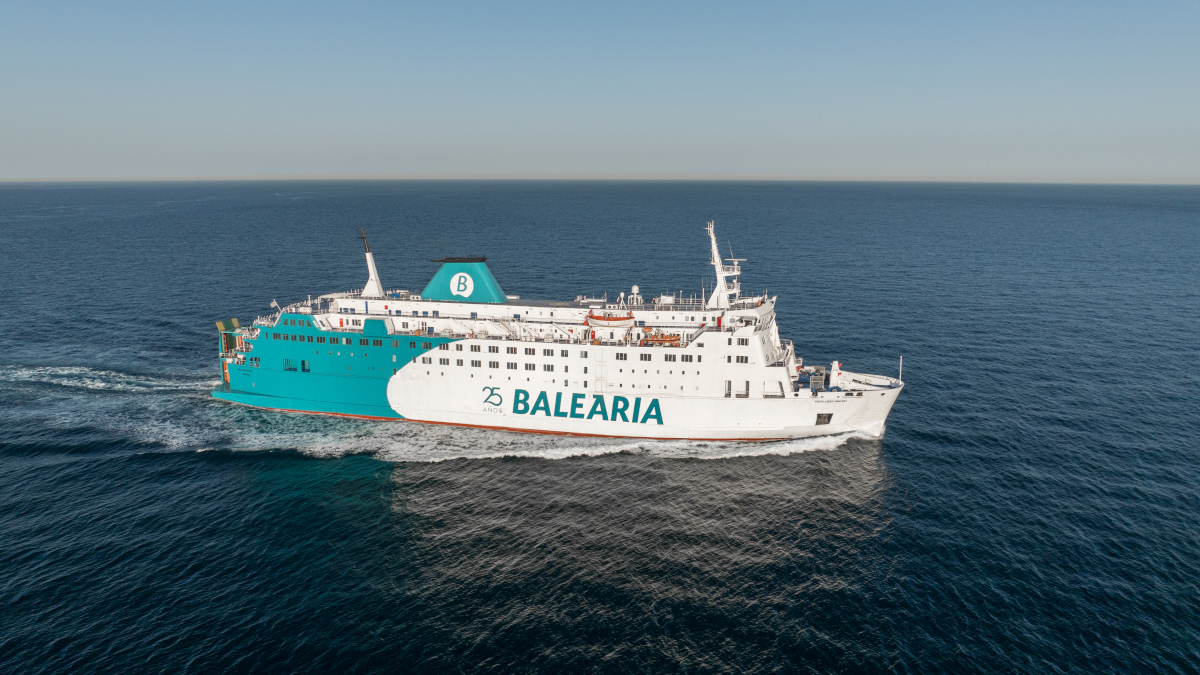
The study examined tens of thousands of fares on hundreds of ferry routes across Europe, as well as crossings with Turkey and the Maghreb (Morocco, Algeria, Tunisia), with the aim of providing an overview of the current fare landscape. This rigorous analysis focuses solely on price, ignoring factors such as the quality of on-board service, differences in employee wages and economic disparities between countries.
By replicating the conditions of the 2023 study, the 2024 edition allows comparison of price developments from one year to the next, providing travellers and industry professionals with valuable information on fare developments.
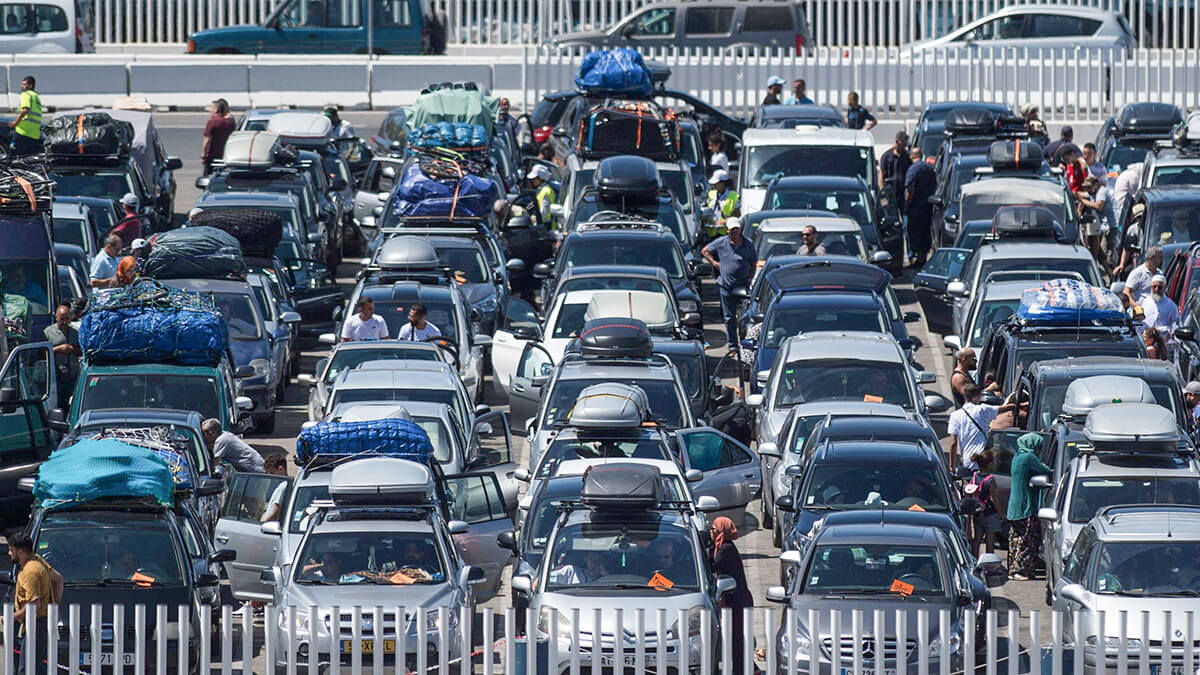
Here are the key points highlighted by this Europe-wide study:
- Ferry crossings to Tunisia, Lithuania, Latvia, Poland and Sweden have the lowest price index.
- In contrast, ferry crossings to Turkey, the UK and Morocco have the highest price indexes.
- Connections between Greece and Turkey and between Morocco and Spain are proportionally the most expensive in Europe.
- Connections between Germany and Lithuania or Latvia are the least expensive in relation to the distance travelled.
- The shorter the crossing, the more expensive it is.
- Across Europe, prices are highest on average from July to September. They are also slightly higher at weekends.
What about Spain?
-
Spain is the eighth most expensive country in Europe to travel by ferry.
-
On average, the price index for ferries in Spain remains stable in 2024, with a slight decrease of -0.2%.
-
Ferries to Morocco have by far the highest price index.
-
By contrast, crossings to Italy, in particular the Barcelona-Civitavecchia route, and those to France from the Balearic Islands, have the lowest price index.
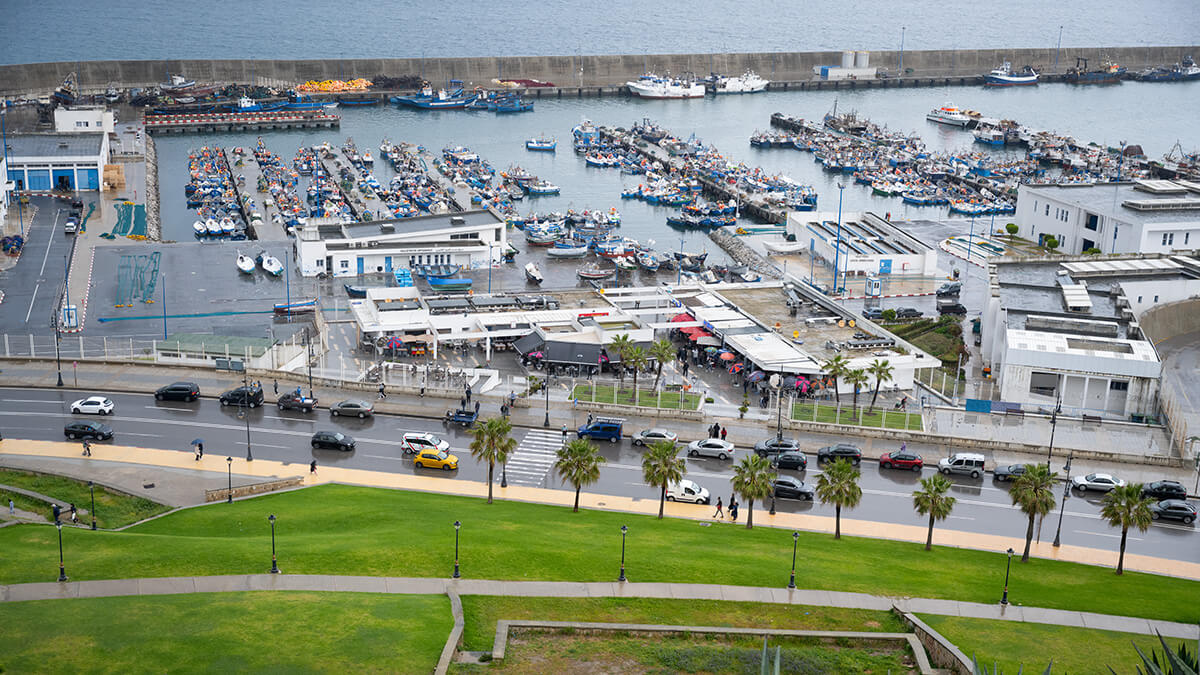
Most popular destinations
By far the most popular holiday destinations are the Mediterranean countries, with Greece leading the way. Greece accounts for almost 40% of all ferry trips in Europe. Italy is also a popular destination with many ferries to Sicily, Sardinia, the Aeolian Islands and more.
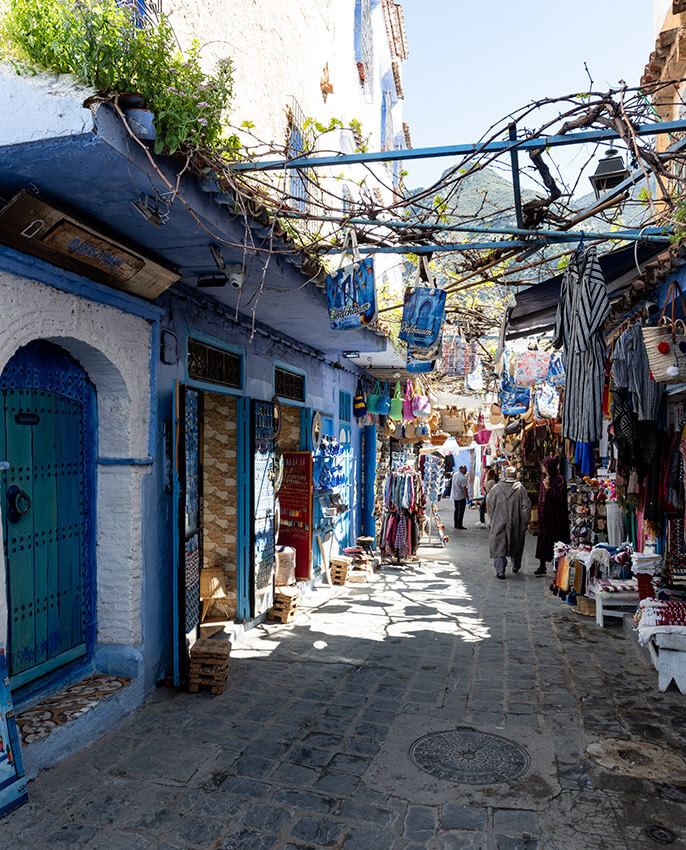
Italy accounts for almost 27% of ferry travel in Europe. Spain accounts for almost 10% of ferry traffic in Europe. Many ferry connections are popular, especially to the Balearic and Canary Islands, as well as connections between Spain and Morocco. These crossings between Europe and Africa, despite their downward trend, are characterised by some of the highest price rates in Europe.
Factors influencing price variations
In this study, we tested whether ferry prices were influenced by factors such as seasonality or distance and found that there were no significant differences in prices between travel in May and travel in the peak tourist season of July or August. However, in some countries seasonality is much stronger and prices are higher from June to the end of August. This applies especially to the Nordic countries surrounding the Baltic Sea: Norway, Sweden, Finland, Denmark, Poland and Germany.
It is worth noting that in our research we analysed ferry prices from May to October and also found that the shorter the journey, the higher the price in proportion to the distance travelled. A ferry trip with a distance of less than 20 km has a price index of 174 EUR/100 km, and a trip with a distance of 150 km has a price index of 33 EUR/100 km, which is more than 5 times lower. Other factors that can affect your journey include safety and comfort on board. For practical reasons, the study did not include attributes other than price.
Ferry prices can vary depending on a number of factors, such as economic differences between countries, government subsidies on certain routes (including routes connecting Corsica to mainland France), the quality and level of service of the companies, exchange rates and the characteristics of individual company policies. These differences may affect the price differences observed between countries and are likely to require further analysis.
Recommendations for travellers to save money on ferry tickets
The advantage of a ferry is that prices are much less volatile than those of an airline ticket (which can increase tenfold the closer you get to the departure date).

- With a ferry, you are unlikely to experience such fluctuations over time. However, prices are not fixed and can always go up.
- Flexibility is always a good ally, because on some routes there are sometimes significant differences in fares, depending on the time of day (morning or evening, day or night crossing, etc.) and the day of the week. By being flexible in terms of departure date and time, you can be sure to travel at the best price.
- If possible, it is advisable to choose routes operated by several companies. Competition often drives prices down.
- If you are not in a hurry, it is best to avoid routes operated by fast ferry companies, which will get you to your destination sooner, but often at a much higher cost.


